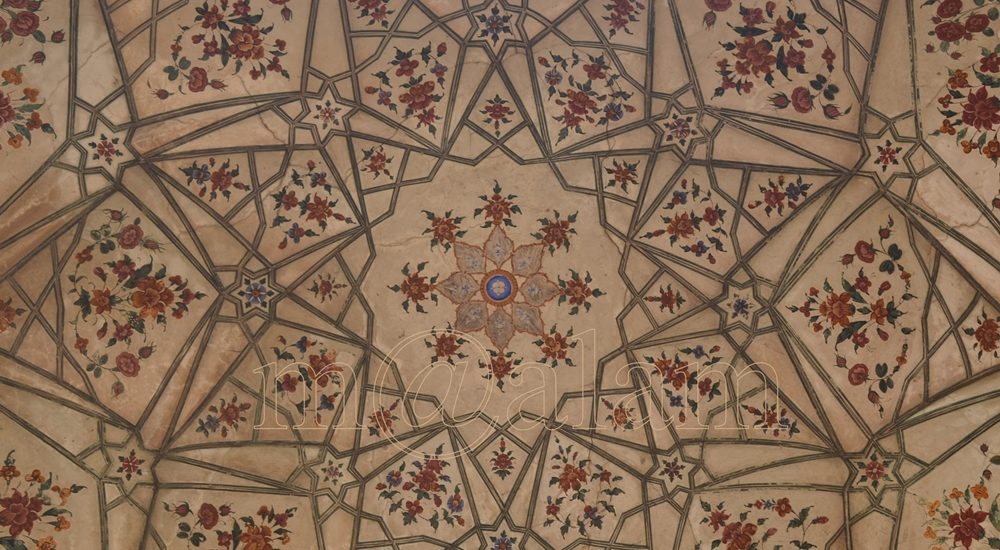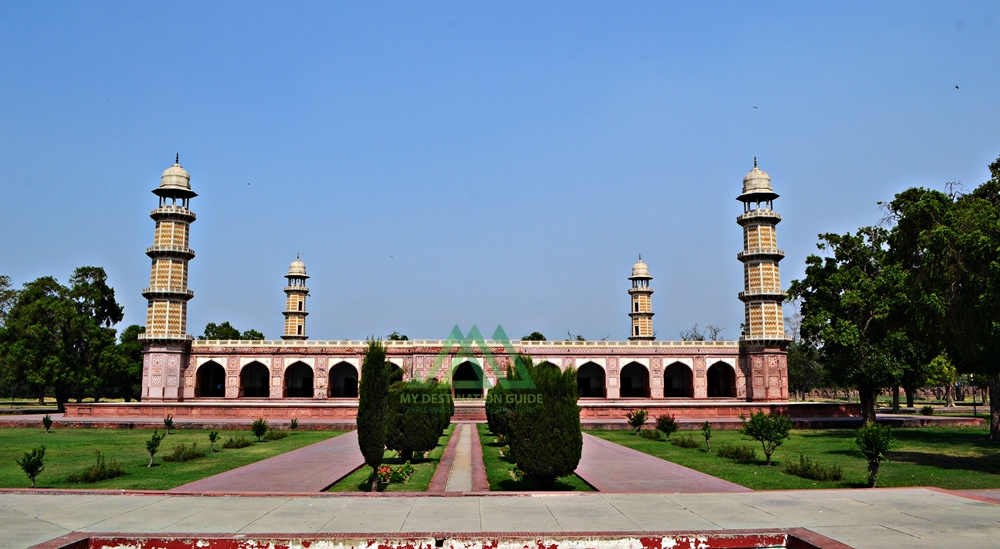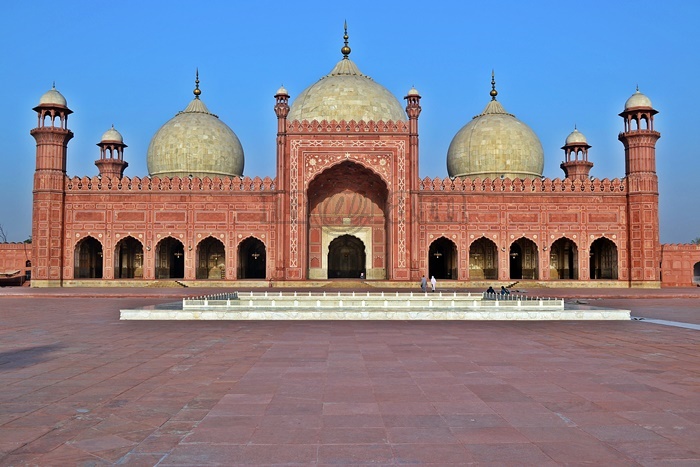Unveiling the Splendor of Khewra Salt Mine: Pakistan’s Natural Wonder
Discovering the World’s Second Largest Salt Deposit
The Khewra Salt Mine, also known as the Mayo Salt Mine, stands as a testament to nature’s awe-inspiring wonders. Nestled within the Salt Range Khewra, an administrative subdivision of Jehlum District in Punjab Province, Pakistan, this majestic mine holds the distinction of being the world’s second-largest salt deposit and Pakistan’s largest. Within its subterranean chambers lies the treasure trove of Pink Himalayan Salt, beckoning visitors from around the globe to witness its marvel. Let’s delve into the remarkable history and captivating attractions of this geological marvel.
A Geological Heritage
The Khewra Salt Mine traces its origins back an astonishing 800 million years, a time when a shallow sea’s evaporation and geological movements set the stage for its formation. It remained concealed from the world until 320 BC, when the legendary Alexander the Great ventured into this region with his army. Legend has it that Alexander’s horses were drawn to the salt-rich rocks on the surface, and even ailing steeds found solace in licking the salt stones. This discovery piqued the interest of the Greeks, eventually leading to mining activities by the local Janjua tribes in the 13th century.
The Mughal Flourish
The Mughal era witnessed the mine’s transition from tribal control. Salt from Khewra became a prized commodity, reaching markets as distant as Central Asia. However, with the decline of the Mughal Empire, the mine changed hands again, this time to the Sikhs, earning its moniker ‘Khewra Salt Mine.’
The British Influence
In 1849, the British Empire ousted the Sikhs and annexed Punjab, taking charge of the Khewra Salt Mine. In 1872, British Mining Engineer Dr. H. Warth introduced advanced excavation techniques, including the ‘room and pillar’ method, still in use today. This method involves extracting only 50% of the salt from the working stratum while leaving the rest as supportive pillars.
A Geological Wonder
Located 945 feet (288 meters) above sea level, the Khewra Salt Mines stretch over 300 kilometers within the Salt Range, from Beganwala near River Jhelum to Kalabagh near River Indus. Nineteen stories comprise this remarkable mine, with eleven below ground. The labyrinthine tunnels extend approximately 40 kilometers, maintaining a constant temperature of 18–20 °C year-round. Covering an expansive 110 square kilometers, the underground expanse never fails to astound.
A Tourist’s Paradise
The Khewra Salt Mine isn’t just a geological marvel; it’s also a major tourist attraction, drawing in approximately 250,000 visitors annually. Exploring the mine is a breeze, thanks to a small electric trolley train that guides visitors on a two-hour journey through its depths. Inside, you’ll encounter crystalline pools of salty water, intricate buildings, and replicas of iconic landmarks, all crafted by local artisans. Notably, the Salt Mine houses the world’s only Salt-Mosque, the Badshahi Masjid, constructed from salt bricks that cast a mesmerizing kaleidoscope of colors when illuminated. The mine continuously evolves, ensuring there’s always something new to captivate visitors.
Salt Therapy for Health
Beyond its geological wonders, the Khewra Salt Mine offers therapeutic benefits. The Khewra Asthma Clinic, established in 2007, pioneers salt therapy for asthma and respiratory ailments. By inhaling antibacterial salt particles in a sterile environment, patients experience relief in clearing air passages, especially asthma sufferers. With a ten-day treatment regimen, patients can witness remarkable improvements in their respiratory health.
Health Benefits of Himalayan Pink Salt
Himalayan pink salt, sourced from this mine, offers an array of health benefits, including:
- Detoxifying the body and regulating water levels
- Clearing sinus and respiratory issues
- Promoting healthy sleep patterns
- Maintaining pH levels
- Regulating blood sugar and reducing blood pressure
- Anti-aging properties
- Enhancing food nutrient absorption
- Aiding vascular health
- Supporting kidney and gallbladder health
- Boosting digestion and metabolism
- Balancing adrenal gland function
- Ensuring cellular hydroelectric energy balance
- Strengthening bones
- Easing stress
- Treating emotional disorders
- Preventing various ailments
Commercial Applications
Khewra salt isn’t limited to its therapeutic and aesthetic qualities. It serves as Pakistan’s renowned rock salt, used in cooking, as bath salt, and as a raw material for various industries. The mine also produces exquisite decorative items such as lamps, vases, ashtrays, and statues, exported worldwide. This tradition dates back to the Mughal era when craftsmen fashioned tableware and decorations from this precious resource.
Access and Timings
Khewra is conveniently located, approximately 160 kilometers from Rawalpindi/Islamabad (2-3 hours) and 260 kilometers from Lahore (3-4 hours). The Khewra Salt Mines welcomes tourists daily, from 9 am to 6 pm, including Sundays and gazette holidays.
Fees
Entrance fees vary for visitors:
Pakistani visitors:
- Adults: Rs. 220 per person
- Children (2-12 years): Rs. 110 per child
- Students: Rs. 110 per student
Foreign visitors:
- Adults: $20 per person
- Children (2-12 years): $10 per child
- Students: $10 per student
For further inquiries, contact the Project Manager at Khewra Salt Mines, Khewra, District Jhelum, at +92-544-231137.
The Khewra Salt Mine is a testament to nature’s grandeur, offering not only geological marvels but also therapeutic benefits and commercial value. As you embark on your journey to this extraordinary site, prepare to be mesmerized by the age-old wonder that is the Khewra Salt Mine.











